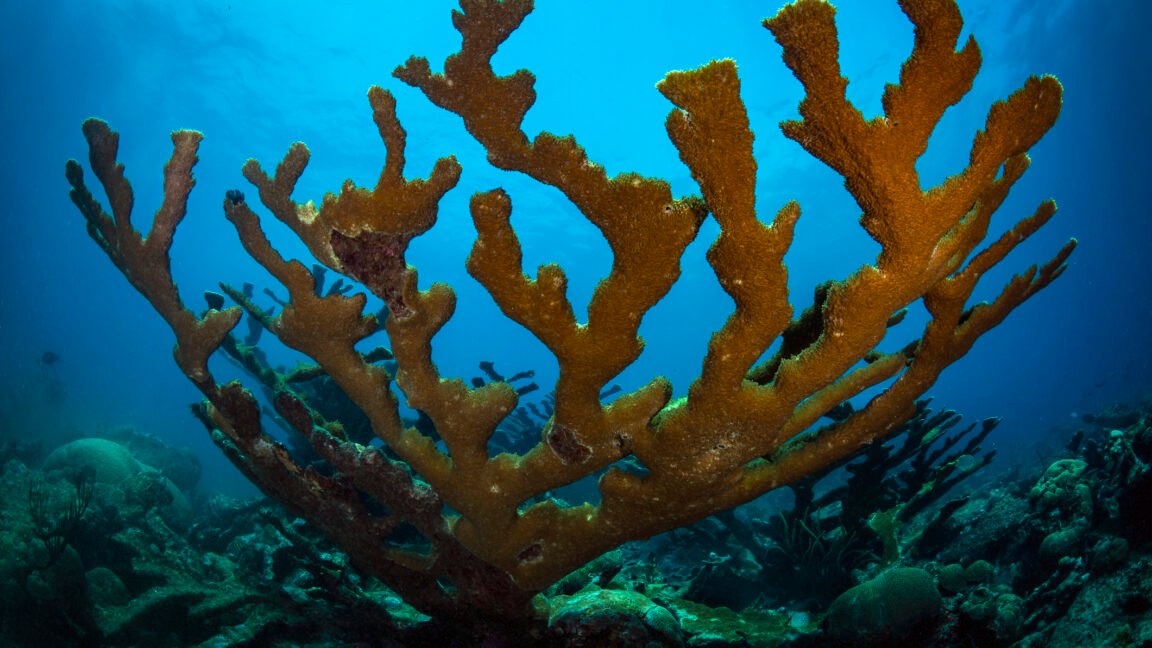
He and his colleagues chose those two species because they essentially created the Florida Reef. They grow the fastest among all Florida reef corals, meaning they are essential to their ability to recover from damage. ,acropora Corals were the primary reef builders for the last ten thousand years,” Cunning said. Unfortunately, they also showed the highest levels of mortality due to heat waves.
coral apocalypse
Cunning’s team determined the mortality rate among acropora Corals reached 100 percent restoration in Dry Tortugas National Park, the southernmost tip of the Florida Reef. Moving north to the Lower Keys, Middle Keys and most of the Upper Keys, the death rate remained between 98 and 100 percent.
“Once you start moving a little bit further north, there’s Biscayne National Park, where the mortality rate was 90 percent,” Cunning said. “It wasn’t until the furthest northern extent of the reef in Miami and Broward counties that the mortality rate dropped to only 38 percent because of the cold temperatures there.”
Nevertheless, the death rate was exceptionally high in most acropora Colonies across Florida reefs. “What we’re facing is functional extinction,” Cunning said.
But corals have existed for about 460 million years, and they have survived several mass extinction events, including the extinction of the dinosaurs. As weak as they appear, corals have a few get-out-of-death cards they always pull out when things get really bad for them. This card is, most likely, hidden deep in their genome.
ancestral power
“There have been studies on the evolutionary history of corals, but the difference between their work and ours is in the technology,” said Claudia Francesca Vaga, a marine biologist at the Smithsonian Institution.
His team looked at highly conserved elements, stretches of DNA that are nearly identical even in distantly related species. These elements were used to construct the most comprehensive phylogenetic tree of corals to date. Based on genomic data and fossil evidence, Vaga’s team analyzed how 274 stony coral species are related to each other to trace their common ancestor and reconstruct how they evolved from it.
